From The New-York Times September 20, 1861:
ARRIVAL OF AN ENGINEER REGIMENT FROM ELMIRA.
The Engineer Regiment, commanded by Col. CHARLES B. STUART, which has been encamped at Elmira since August, arrived in this City yesterday morning via the Erie Railroad. The regiment numbers about 1,000 men, made up mostly of mechanics of various kinds, engineers, machinists, &c. Col. STUART is a civil engineer of eminence, and served several years as State Engineer. The Lieutenant-Colonel is a graduate of West Point, and the Major has seen service as Lieutenant of the Eleventh Pennsylvania Volunteers. On the arrival of the regiment they were marched down Broadway to the Battery, where they will encamp, until ordered to the seat of war, which will probably be in a few days. …
You can read about the 50th Engineer Regiment at the New York State Military Museum. It worked mostly with the Army of the Potomac and was known for the construction of pontoon bridges during the Overland Campaign of 1864. It was involved with the construction of the longest pontoon bridge of the war – over 2000 feet across the James River.
Charles B. Stuart had been involved in building railroads and dry docks in his civilian career. “In November 1850, he was appointed Engineer-in-Chief, attached to the Bureau of Construction, Equipment and Repair of the United States Navy.”
I had no idea what Gabions or Fascines are, but here’s the 50th making them:
You can see an illustration of the encampment at the Battery at Son of the South.
The Erie Railroad was the successor to the New York & Erie, which had gone bankrupt in 1859. It was the first major U.S. trunk line to go broke.

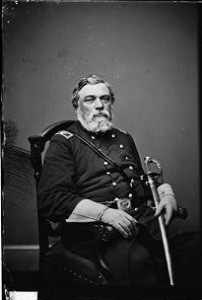
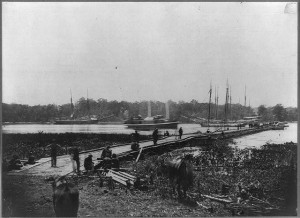
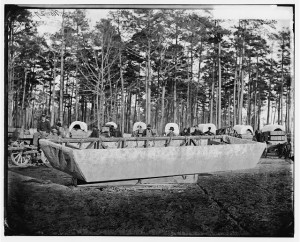
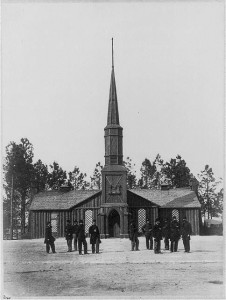
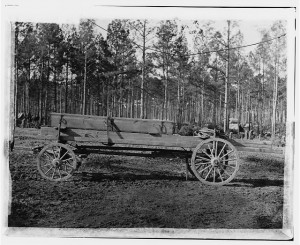
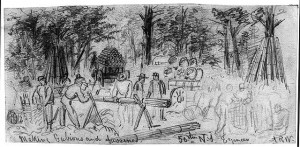
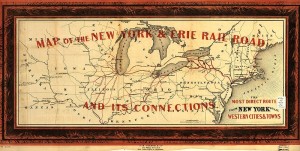
Pingback: No Gentlemen Soldiers Needed; Col. Stuart Praised | Yates County, NY, in the Civil War